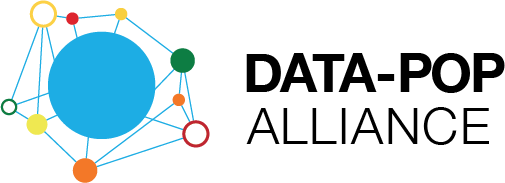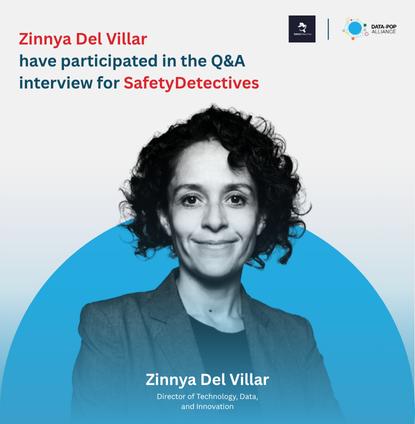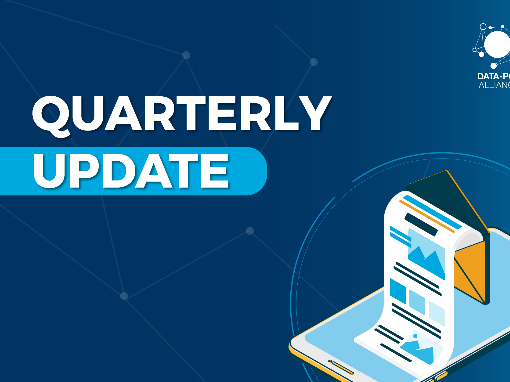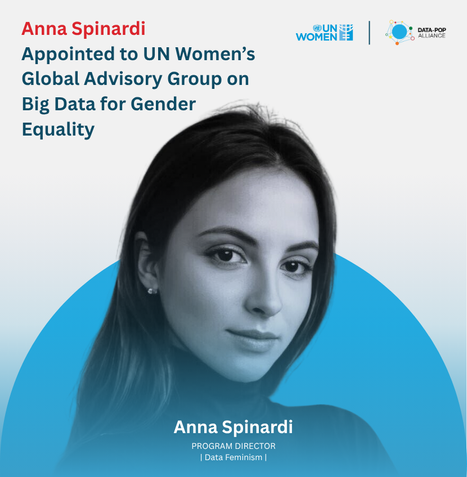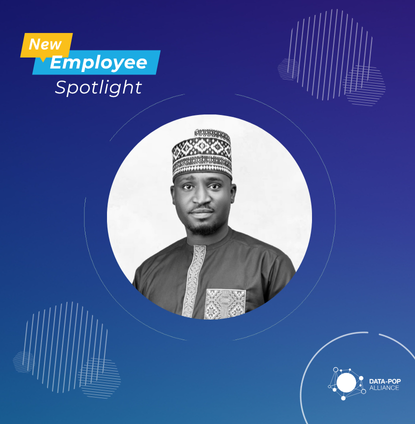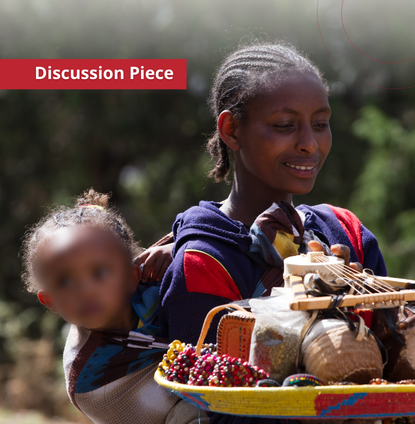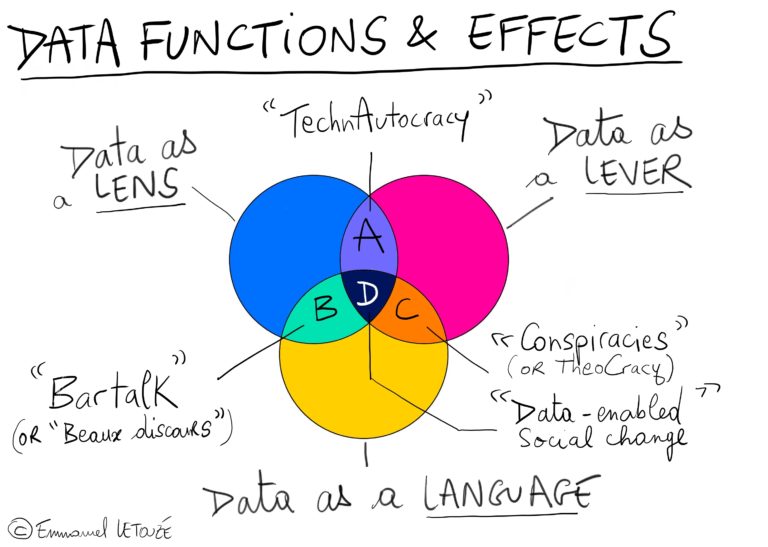
DPA Director Emmanuel Letouzé delivered the keynote address at the virtual event Milwaukee Data Day on October 20, hosted by Data You Can Use, titled “Data as a Language, Lens and Lever for Social Change”. His address, building on the work of his 2015 white paper “Beyond Data Literacy: Reinventing Community Engagement and Empowerment in the Age of Data”, began by questioning what data can do in the current “post-COVID” world. The discussion moved on to the parallels between traditional “literacy” and data literacy, including their effects on society, and what it truly means to be “literate”. He went on to critique the simplistic characterization of data often used nowadays; “Better Data, Better Decisions, Better Lives.” For many reasons, including polarization and data bias, the situation is actually more complex than this slogan implies. He continued by highlighting the importance of “literacy in the age of data”, rather than the more traditional, skills-based “data literacy.” He then introduced the concept of “Human AI”, and its possible application to social change and human development. However, he acknowledged the challenges to achieving these goals, including unequal access and lack of will to use data in an ethical way. To conclude, he shared a Venn diagram (pictured above), outlining the functions and effects of data, and how to find the “sweet spot” where data can enable social change.
Watch his entire address below:
